In today's rapidly evolving digital landscape, IT network security management has become a critical concern for organizations of all sizes. As cyber threats continue to grow in sophistication and frequency, businesses must implement robust strategies to protect their valuable digital assets. This guide explores the key components of IT network security management, best practices for implementation, and emerging trends that are shaping the future of cybersecurity.
Introduction to IT Network Security Management
IT network security management refers to the processes, tools, and strategies used to protect an organization's digital infrastructure from unauthorized access, misuse, modification, or destruction. In an era where data breaches and cyberattacks have become increasingly common, effective network security management is crucial for safeguarding sensitive information, maintaining business continuity, and preserving customer trust.
The importance of IT network security management cannot be overstated. According to a report by Cybersecurity Ventures, cybercrime is projected to cost the world $10.5 trillion annually by 2025. This staggering figure underscores the urgent need for organizations to prioritize their cybersecurity efforts and implement network security management strategies.
Common IT Network Security Threats
To understand the significance of IT network security management, it's essential to be aware of the various threats that organizations face.

Some of the most prevalent network threats include:
- Malware infections
- Phishing attacks
- Distributed Denial of Service (DDoS) attacks
- Man-in-the-middle attacks
- Insider threats
- Advanced Persistent Threats (APTs)
By implementing robust IT network security management practices, organizations can significantly reduce their vulnerability to these and other emerging threats.
Key Components of IT Network Security Management
An IT network security management strategy encompasses several critical components. By addressing each of these areas, organizations can create a multi-layered defense against potential cyber threats.
Network Access Control
Network Access Control (NAC) is a critical component of IT network security management, designed to safeguard the integrity and security of an organization's network. NAC solutions enforce a set of security policies to control which devices and users can access the network, ensuring that only authenticated and authorized entities are granted access. This is accomplished through a combination of authentication protocols, endpoint security checks, and policy enforcement mechanisms. NAC plays a pivotal role in preventing unauthorized access, mitigating potential security threats, and maintaining compliance with regulatory standards. Key elements of NAC include:
- User authentication and authorization
- Device profiling and health checks
- Role-based access control
- Network segmentation
Firewalls and Intrusion Detection/Prevention Systems
Firewalls and Intrusion Detection/Prevention Systems (IDS/IPS) are foundational elements in the defense architecture of an IT network, serving as the first line of defense against a wide array of cyber threats. Firewalls act as a barrier between a trusted internal network and untrusted external networks, controlling incoming and outgoing traffic based on predetermined security rules. They are crucial in preventing unauthorized access and safeguarding sensitive data from external threats. Intrusion Detection Systems (IDS) and Intrusion Prevention Systems (IPS) complement firewalls by continuously monitoring network traffic for suspicious activity. IDS identify potential threats and alert administrators, while IPS go a step further by actively blocking detected threats, thus preventing potential security breaches in real time.
Modern next-generation firewalls (NGFWs) and advanced IDS/IPS solutions incorporate a variety of sophisticated features to enhance network security. These include application-level filtering, which enables the firewall to understand and control applications at the layer 7 level of the OSI model, rather than just the traditional port and protocol filtering. This capability allows for more granular security policies, such as blocking specific application features or enforcing usage policies. NGFWs also support deep packet inspection (DPI), which examines the data portion of a packet as it passes through the firewall, ensuring that malicious payloads are detected and neutralized.

Additionally, threat intelligence integration is a critical feature, allowing firewalls and IDS/IPS systems to utilize real-time data from global threat databases to recognize and respond to new and evolving threats swiftly. Many NGFWs also offer virtual private network (VPN) support, enabling secure remote access by encrypting data transmitted over the internet. This is particularly important in today's increasingly remote workforce environment, where secure access to corporate resources from various locations is essential. Together, these advanced features empower organizations to maintain robust security postures, efficiently manage network traffic, and protect against a wide range of cyber threats.
These security measures work together to monitor network traffic, detect potential threats, and prevent unauthorized access. As aforementioned, modern next-generation firewalls (NGFWs) offer advanced features such as:
- Application-level filtering
- Deep packet inspection
- Threat intelligence integration
- Virtual private network (VPN) support
Encryption and Secure Communication Protocols
Protecting data in transit and at rest is essential for maintaining the confidentiality, integrity, and availability of sensitive information. This protection is a core component of IT network security management, as it ensures that data remains secure during storage and transmission across networks. When data is in transit, it is particularly vulnerable to interception and unauthorized access. Therefore, robust encryption protocols such as Transport Layer Security (TLS) are employed to secure communications over networks, including the internet. TLS encrypts the data before it is transmitted, making it unreadable to unauthorized parties who may intercept the data packets. This process is crucial for protecting sensitive information, such as personal identification details, financial transactions, and confidential corporate data, during transmission.
Similarly, data at rest—information stored on servers, databases, or other storage media—requires strong encryption methods to protect it from unauthorized access. Techniques such as disk encryption, file-level encryption, and database encryption are used to safeguard data at rest. These methods ensure that even if physical or virtual storage is compromised, the encrypted data remains inaccessible without the proper decryption keys. In addition to encryption, secure communication protocols and practices, such as the use of Virtual Private Networks (VPNs) for remote access, help secure the pathways through which data travels. VPNs provide an encrypted tunnel for data transfer, protecting it from eavesdropping and tampering. Together, these encryption and secure communication strategies form a critical defense layer, helping organizations protect their valuable data assets from unauthorized access and breaches.
Key considerations for Communication Protocols include:
- Implementing Transport Layer Security (TLS) for web traffic
- Using Virtual Private Networks (VPNs) for remote access
- Encrypting sensitive data stored on servers and endpoints
- Adopting secure file transfer protocols
Vulnerability Management
Regularly identifying and addressing vulnerabilities in an organization's IT infrastructure is critical for maintaining a robust security posture. A vulnerability management program involves systematic processes to detect, assess, and remediate security weaknesses across all network and system components. The goal is to prevent cybercriminals from exploiting these vulnerabilities to gain unauthorized access, steal data, or disrupt operations. This proactive approach is vital for safeguarding sensitive information and ensuring the integrity and availability of IT services.
A well-rounded vulnerability management program should include several key activities.
- Regular vulnerability scans
- Penetration testing
- Risk assessment and prioritization
- Patch management and system updates
Security Information and Event Management (SIEM)
Security Information and Event Management (SIEM) solutions are crucial tools in modern cybersecurity infrastructure, providing real-time analysis of security alerts generated by various network devices and applications. By aggregating and centralizing log data from across an organization’s network, SIEM systems enable the detection of anomalies and potential security incidents. They correlate events from different sources to identify patterns indicative of malicious activity, such as unauthorized access attempts or data breaches. This centralized approach not only enhances visibility into the security landscape but also streamlines the response process by providing a view of potential threats.
Key features of SIEM include:
- Log collection and aggregation
- Event correlation and analysis
- Automated alerting and reporting
- Threat intelligence integration
Best Practices for Implementing IT Network Security Management
To effectively protect their digital assets, organizations should adopt a proactive approach to IT network security management.

The following best practices can help establish a robust security framework:
Regular Security Assessments and Audits
Conducting regular security assessments and audits is crucial for identifying vulnerabilities and ensuring compliance with industry standards. These evaluations should include:
- Network vulnerability scans
- Penetration testing
- Configuration reviews
- Compliance audits
According to IBM's Cost of a Data Breach Report 2023, the average cost of a data breach in 2023 was $4.45 million. Regular assessments can help organizations identify and address potential vulnerabilities before they can be exploited, potentially saving millions in breach-related costs.
Employee Training and Awareness Programs
Human error remains one of the leading causes of security incidents. Implementing employee training and awareness programs can significantly reduce the risk of successful attacks. Key components of these programs should include:
- Phishing awareness training
- Password best practices
- Social engineering defense techniques
- Data handling and privacy guidelines
Patch Management and System Updates
Keeping systems and applications up-to-date is critical for addressing known vulnerabilities and protecting against emerging threats. An effective patch management strategy should include:
- Regular vulnerability assessments
- Prioritization of critical patches
- Testing patches before deployment
- Automated patch management tools
Incident Response Planning
Despite best efforts, security incidents can still occur. Having a well-defined incident response plan is essential for minimizing the impact of a breach and ensuring a swift recovery. Key elements of an incident response plan include:
- Incident classification and escalation procedures
- Roles and responsibilities of the response team
- Communication protocols
- Recovery and lessons learned processes
Third-Party Risk Management
As organizations increasingly rely on third-party vendors and service providers, managing the associated risks becomes a critical component of IT network security. Third-party risk management involves assessing the security posture of vendors, ensuring they adhere to the organization's security policies, and monitoring their activities.
- Vendor risk assessments and due diligence: Evaluating the security measures and practices of third-party vendors.
- Contractual security requirements and SLAs: Defining security expectations and requirements in vendor contracts.
- Continuous monitoring and auditing of third-party activities: Ensuring ongoing compliance and security performance.
The National Institute of Standards and Technology (NIST) Special Publication 800-53 provides a framework for information security controls, including guidance on third-party risk management. Organizations can leverage this resource to develop and implement effective security practices.
%201%20(1).svg)
%201.svg)
THE GOLD STANDARD INCybersecurity and Regulatory Compliance
Emerging Trends in IT Network Security Management
As the threat landscape continues to evolve, new approaches and technologies are emerging to address the challenges of IT network security management.

Some of the key trends shaping the future of cybersecurity include:
Zero Trust Architecture
The Zero Trust security model is increasingly adopted as a fundamental strategy for network security. This approach operates on the principle of "never trust, always verify," meaning that no user or device, whether inside or outside the network, is trusted by default. The adoption of Zero Trust architecture helps mitigate risks associated with insider threats and external attacks.
- Identity verification and multi-factor authentication (MFA): Implementing robust user authentication mechanisms.
- Micro-segmentation: Dividing the network into smaller, isolated segments to limit the lateral movement of attackers.
- Continuous monitoring and risk assessment: Constantly evaluating and verifying user activities and access privileges.
AI and Machine Learning in Threat Detection
Artificial Intelligence (AI) and Machine Learning (ML) are revolutionizing IT network security by enhancing the detection and response to cyber threats. These technologies enable the analysis of vast amounts of data, allowing for the identification of anomalies and patterns that could indicate a security breach. For instance, AI-powered systems can automate the detection of phishing attempts and unusual login activities, providing real-time alerts to security teams.
- AI in anomaly detection and behavioral analytics: AI systems can learn typical network behaviors and flag deviations that may indicate malicious activities.
- Automation of incident response: AI can help streamline response processes by automating initial investigation steps, reducing the workload on human analysts.
- Predictive analytics for threat prevention: AI models can predict potential threats based on historical data, enabling proactive security measures.
Cloud-Native Security Solutions
As more organizations migrate their infrastructure to the cloud, the need for cloud security strategies becomes paramount. Cloud environments introduce unique challenges, such as data breaches, insecure APIs, and account hijacking. Implementing robust security measures is crucial to protect sensitive data and ensure compliance with regulatory requirements.
- Data encryption and secure access controls: Ensuring data privacy and preventing unauthorized access.
- Security management in multi-cloud environments: Coordinating security policies across different cloud platforms.
- Regulatory compliance and data residency concerns: Adhering to legal and regulatory standards regarding data storage and processing.
- Scalability and flexibility: Cloud environments offer unmatched scalability and flexibility, allowing organizations to dynamically adjust their computing resources and storage capacity in response to changing business needs.
- Integrated security controls: The integration of security controls within cloud platforms enhances the protection of data and applications, providing built-in features such as encryption, identity management, and access control.
- Automated compliance monitoring: Automated compliance monitoring tools in cloud services help ensure continuous adherence to regulatory standards and security policies, minimizing the risk of non-compliance.
- Centralized visibility across multi-cloud environments: Centralized visibility tools enable organizations to monitor and manage security across multiple cloud environments, providing a unified view of their security posture and facilitating efficient threat detection and response.
IoT Security Challenges
The proliferation of IoT devices in corporate networks poses significant security risks. These devices often lack robust security features, making them vulnerable to attacks. It is essential to implement security measures to protect against potential breaches and ensure the secure integration of IoT devices.
- Device authentication and secure communication protocols: Verifying device identities and securing data transmission.
- Regular firmware updates and patch management: Keeping IoT devices updated to protect against known vulnerabilities.
- Network segmentation and traffic monitoring: Isolating IoT devices from critical systems and monitoring their network traffic.
According to Gartner, by 2025, 60% of organizations will use cybersecurity risk as a primary determinant in conducting third-party transactions and business engagements. This trend highlights the growing importance of integrating security considerations into all aspects of business operations.
NETBank Audit & The Future of IT Network Security Management
As cyber threats continue to evolve and grow in sophistication, IT network security management must adapt to meet these challenges. Organizations must remain vigilant and proactive in their approach to cybersecurity, continuously updating their strategies and technologies to stay ahead of potential threats.
At NETBankAudit, we understand the critical importance of robust cybersecurity and IT audit services in protecting your organization's digital assets and ensuring compliance with regulatory standards. Our team of seasoned professionals offers solutions tailored to meet the unique needs of financial institutions, healthcare providers, technology firms, and more. With expertise in risk assessments, vulnerability and penetration testing, and social engineering testing, we are committed to enhancing your security posture and safeguarding your business operations.
Why Choose NETBankAudit?
- Expertise: Leverage our deep industry knowledge and experience to strengthen your cybersecurity defenses.
- Comprehensive Services: From proactive risk management to audit, exam, and incident follow-up, we provide a full spectrum of IT security solutions.
- Tailored Solutions: We customize our services to align with your specific regulatory requirements and business objectives.
Remember, effective IT network security management is not a one-time effort but an ongoing process that requires continuous attention, adaptation, and improvement. As the digital landscape continues to evolve, so too must our approaches to securing it.
By implementing an IT network security management strategies and staying informed about emerging trends, organizations can significantly enhance their ability to protect their digital assets and maintain the trust of their customers and stakeholders.
.avif)

.svg)
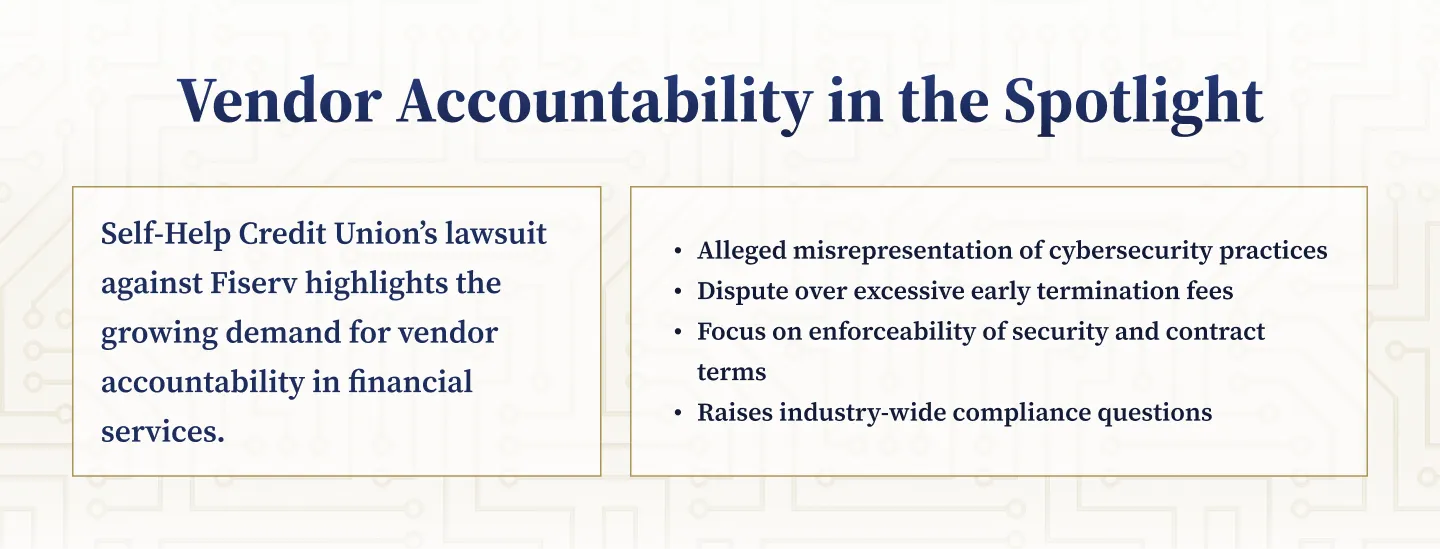
.webp)

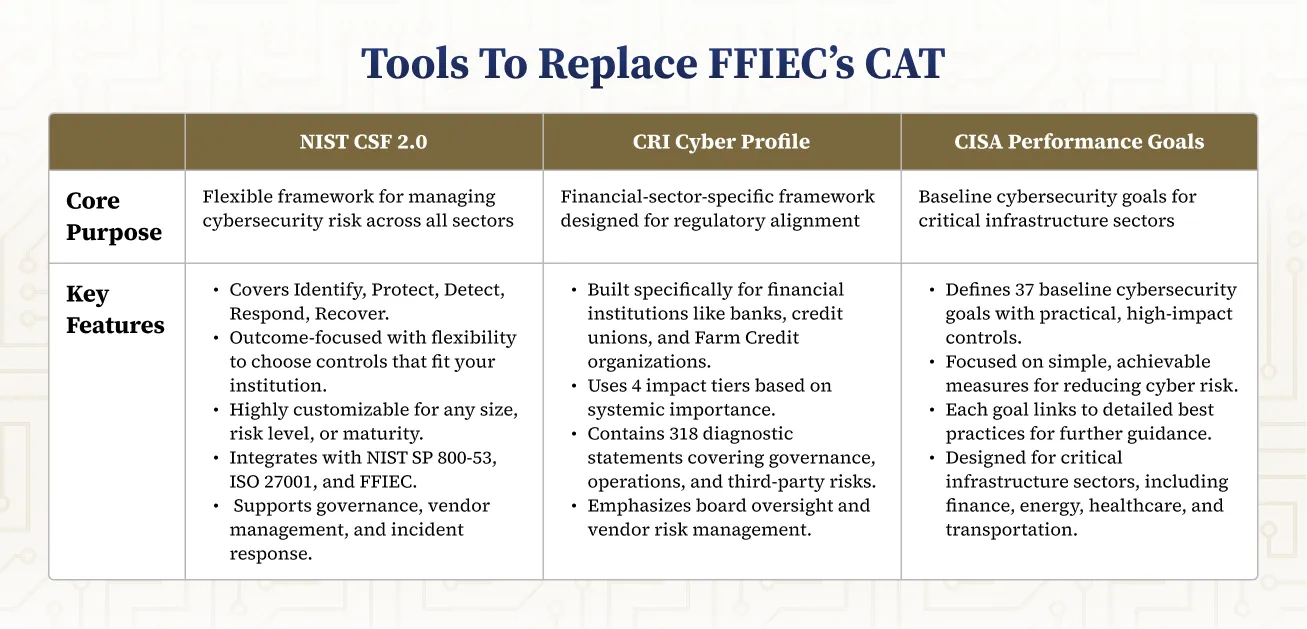
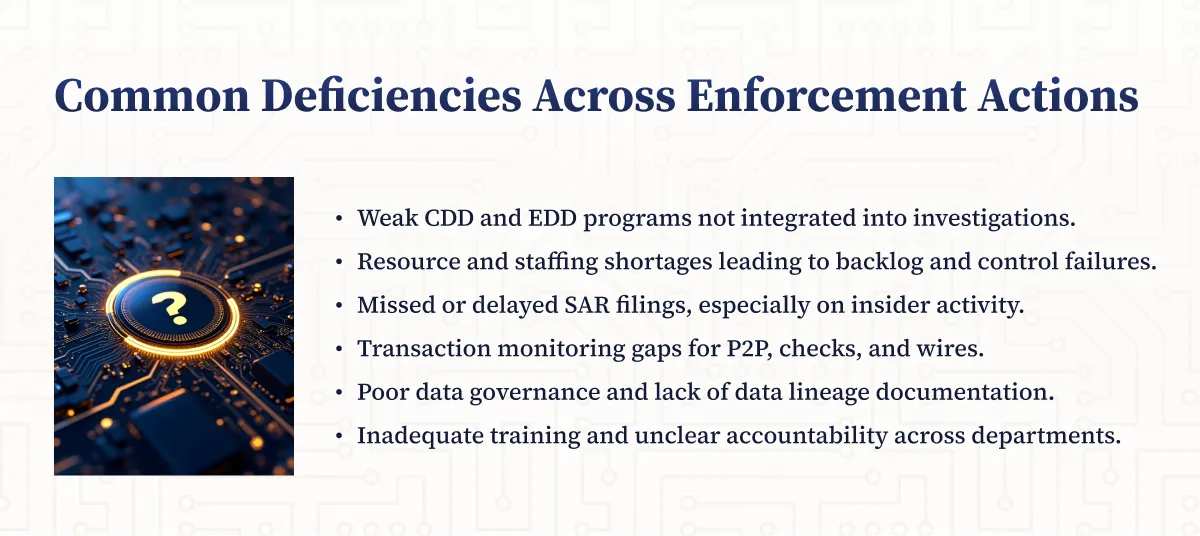
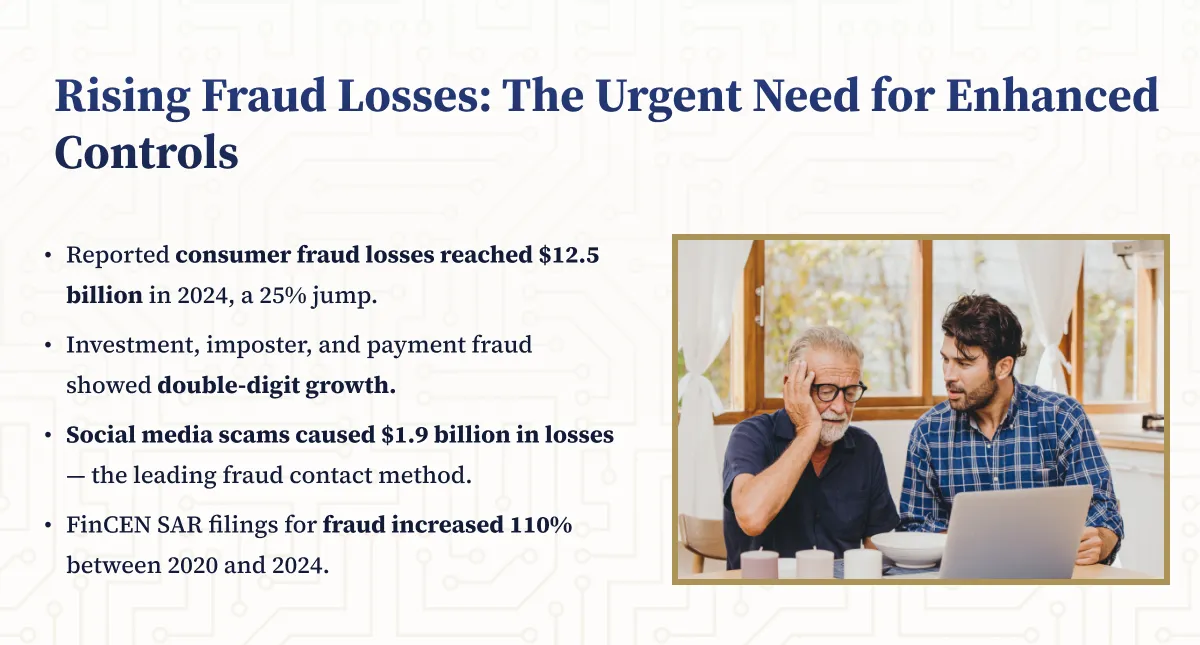
.webp)
.png)
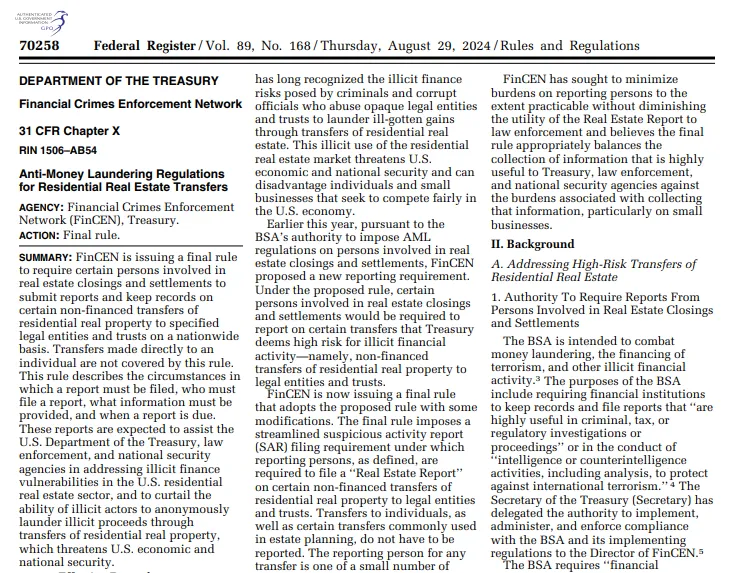
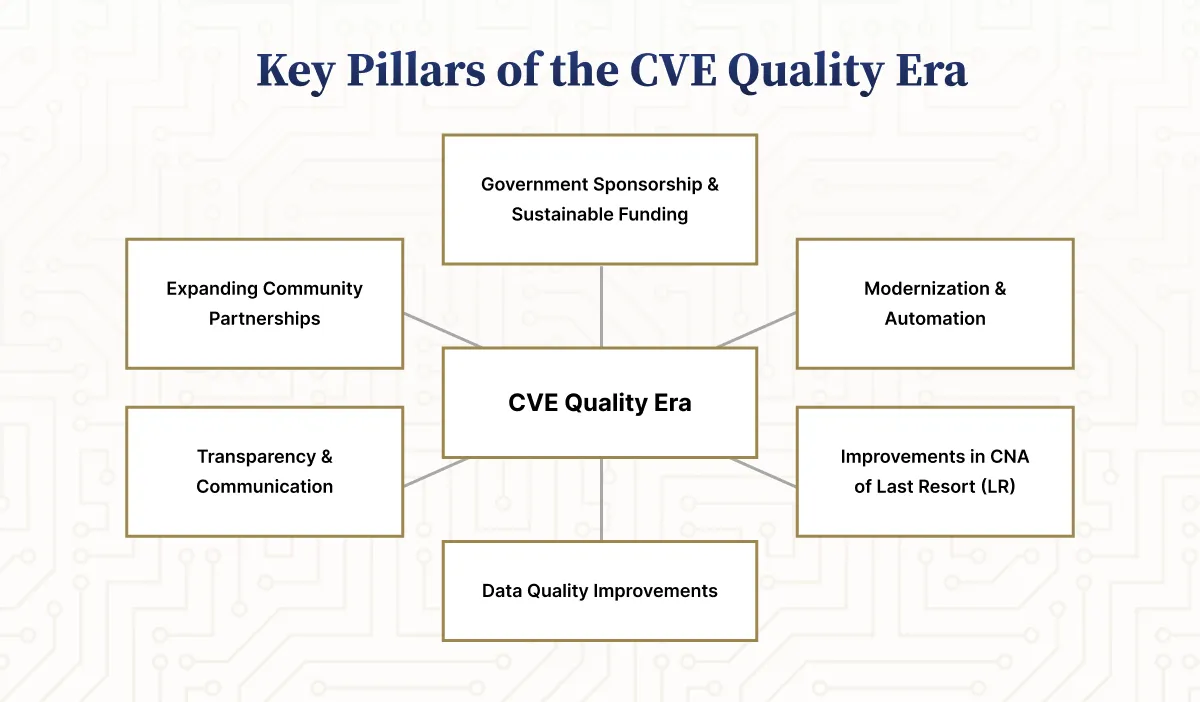
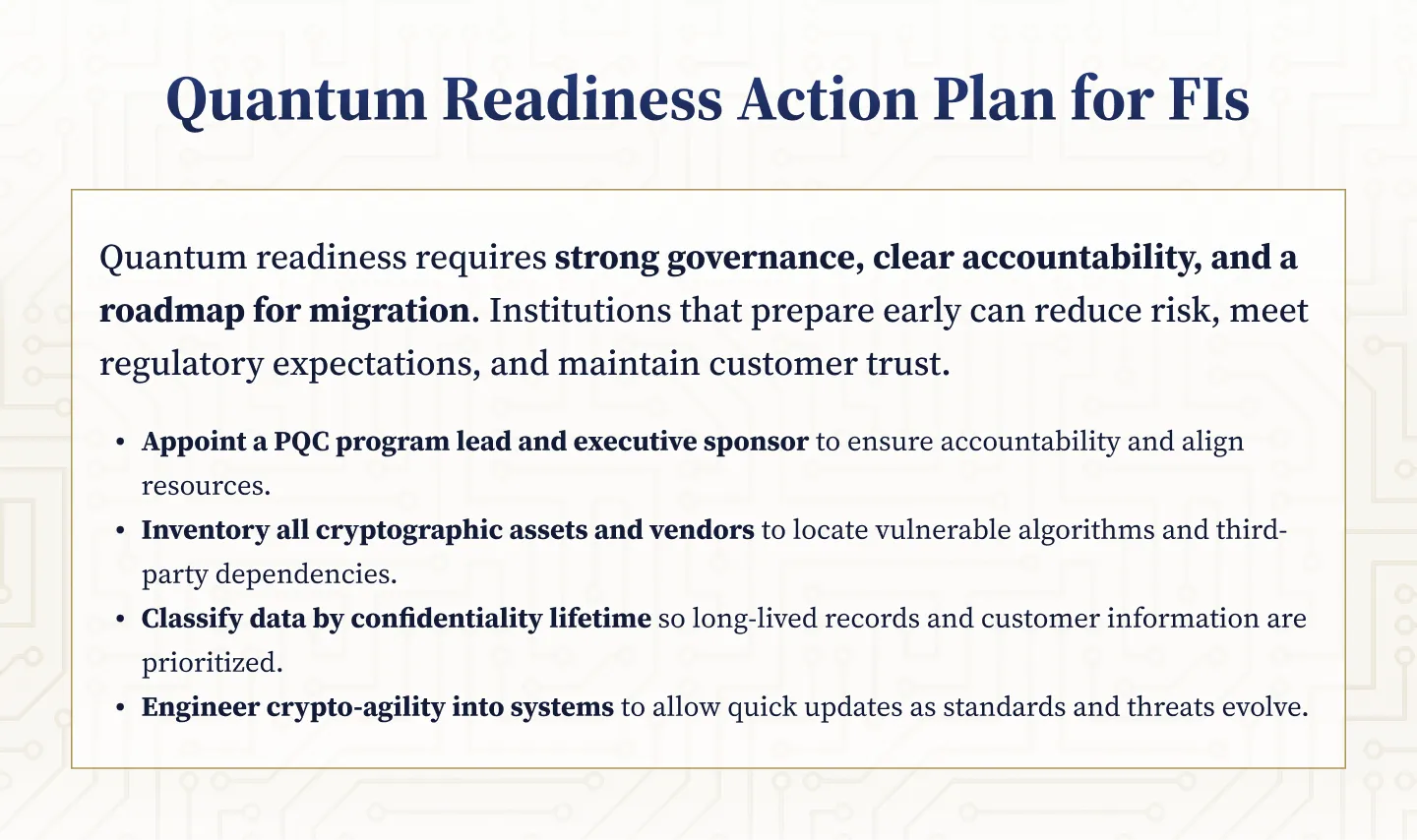
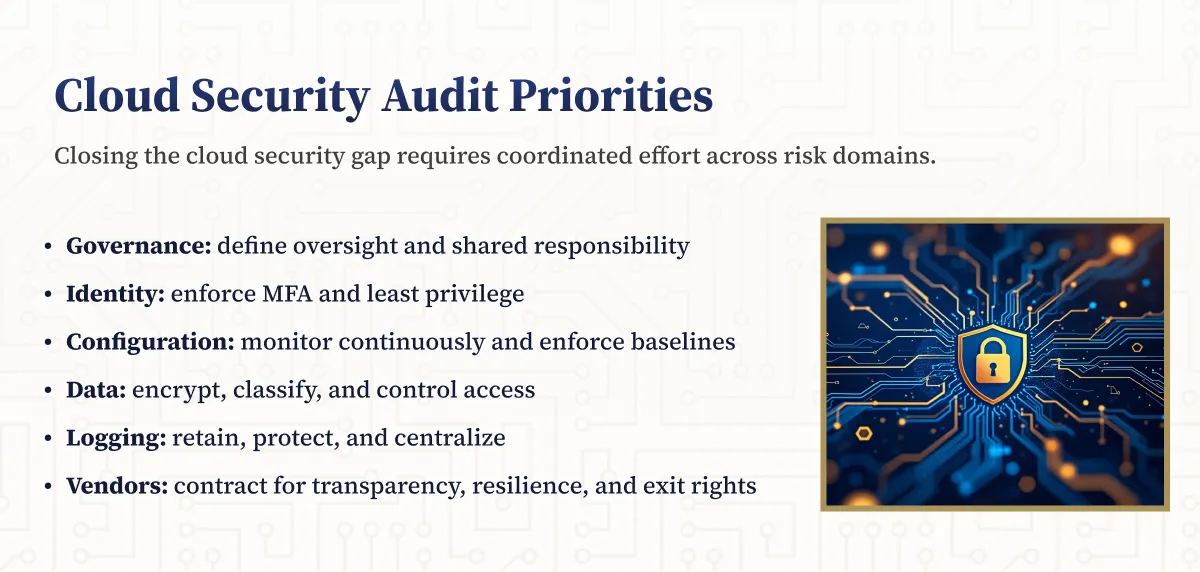
.webp)

.webp)
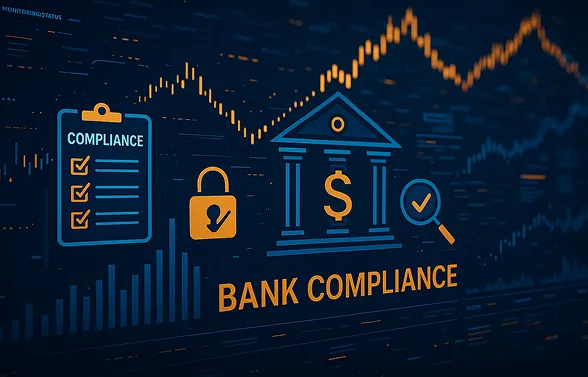

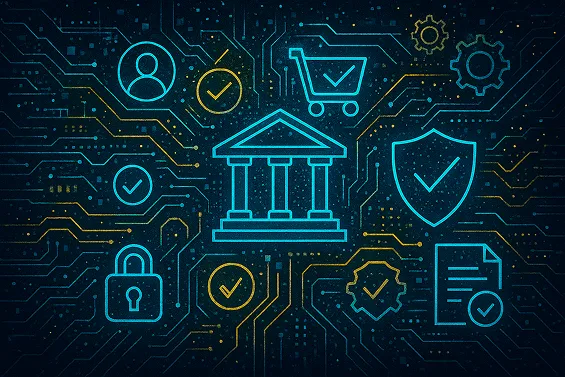








.webp)



.webp)

%201.webp)
.webp)
%20(3).webp)


.webp)


%20Works.webp)

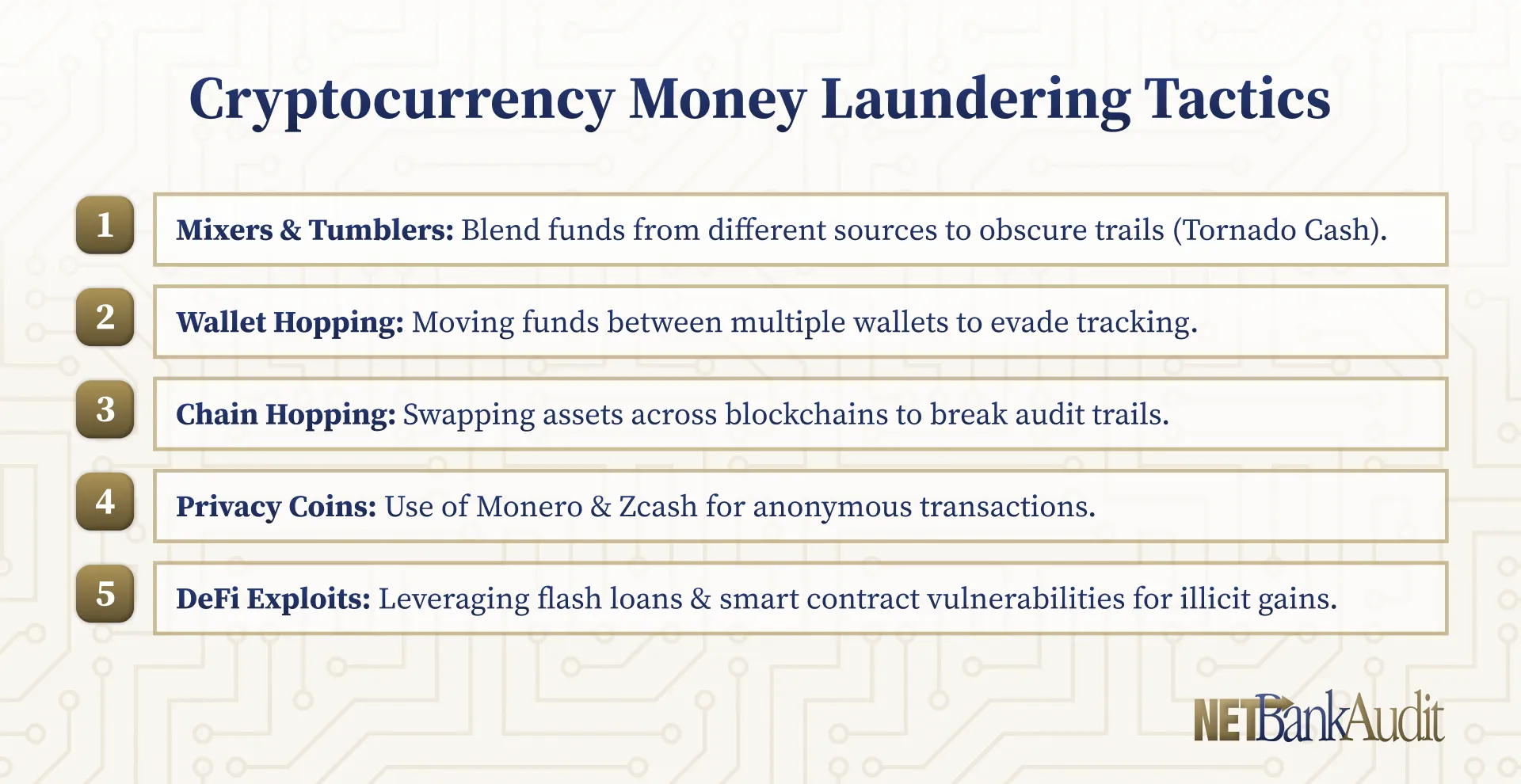
.webp)




.webp)
%20(1).webp)

.webp)










.webp)
.webp)

.webp)
.webp)
.webp)
.webp)
.webp)
.webp)
%201.svg)